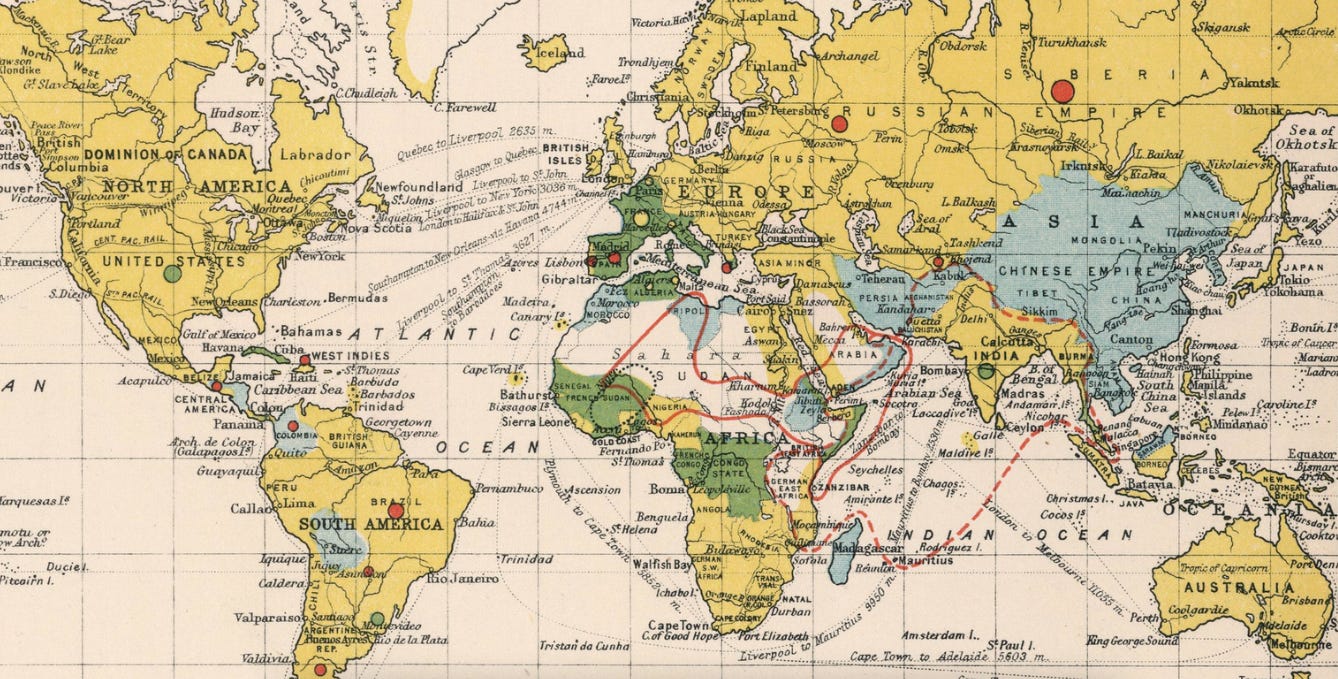Week signals: If you go down to Bretton Woods today
Plus: watch points for Ukraine, Russia, Canada, Mexico, Brazil, the Horn, and Nigeria.

This week:
IN REVIEW. Bad ideas on tariffs and borders, worse ideas on currencies and capital, Hobbesian systems and barbarous relics.
UP AHEAD. Ukrainian property deals, North American rivers, Jair Bolsonaro, the Horn of Africa, and Biafra 2.0.
Week Signals is the Saturday note for clients of Geopolitical Strategy, also available to GD Professional subscribers on Geopolitical Dispatch. Click here to learn more.
The Week in Review: Mar-a-Lago discord
The week began with strikes on Yemen and ended with the reinvasion of Gaza. As the Middle East went back to the future, so did Eastern Europe, with Maidan-style protests in Serbia and some of the biggest air attacks in the Ukraine-Russia war, notwithstanding a mutual agreement with the US to a ceasefire on energy infrastructure.
History may not repeat, but it sure does rhyme, and another familiar tune on play has been in Congo, where Rwandan-backed rebels are advancing west in contravention of another ignored ceasefire, and Washington is seeking to negotiate another minerals-for-security deal that most mining contacts we've spoken to have viewed with a mix of shock and bemusement. Two more familiar sounds have been those of bird flu – with a new H7N9 strain detected in Mississippi – and a state of emergency in Peru. Elsewhere, the South Korean constitutional crisis drags on, and in Indonesia, a former Suharto-era general, now president, is turning the clock back on hard-fought liberalisations.
So far, so familiar, but what’s more discordant is the accelerating rift between Washington and Brussels, which is no longer just taking place over free trade – Ursula von der Leyen promises to launch retaliatory tariffs in mid-April to Donald Trump’s reciprocal tariffs at the start of the month – but the free movement of people.
The regular flow of citizens between developed and allied economies is possibly even more vital than the flow of goods, and for many Europeans, the reports of German, French and British citizens being locked up on spurious grounds (including, allegedly, for having critical text messages about President Trump on one traveller’s phone) are as alarming as the White House’s recent decisions on steel and aluminium, or on Russia and Ukraine.
The US administration is also facing questions over its plans for an alleged 43-country travel ban (including on citizens from tiny and presumably unproblematic countries like Bhutan and Vanuatu), as well as the rights of green card holders, such as a student from Columbia University facing deportation. Beyond this, the anti-migration sentiments expressed in a recent private bill on Chinese students and the remarks of a controversial mixed-martial artist in the White House briefing room can be ignored, but it paints an anti-foreign picture, whether justified in fact.
With US walls coming down on goods and people, questions are naturally turning to whether the walls will come down on the free flow of capital and information. The Financial Times’s Gillian Tett asked the question on capital last week. Many in Korea have been asking the question on information this week, with Seoul’s controversial appearance on a Department of Energy list of "sensitive countries", where nuclear and technological cooperation could be curtailed. And in an increasingly services-based global economy where intellectual property is more valuable than physical goods, such restrictions – from Chinese software to European consumer data – will become more common.
But the question of capital restrictions is more interesting because this goes to the heart of the dilemma in Donald Trump’s America First agenda. How do you keep your dollar weak, to encourage manufacturing, while keeping your dollar strong, to maintain US purchasing power and financial primacy? As we discussed earlier this month, many have looked to the idea of a “Mar-a-Lago Accord” as a 1985-style deal to square the capital circle, with new innovations such as a “user fee” on US dollar holdings in central bank reserves.
The best source for this idea is a paper written by the president’s new Council of Economic Advisers chair, Stephen Miran, from November spelling out how he would propose to do this.


